NASA’s Jet Propulsion Laboratory in Pasadena, California, under a grant from the NASA Innovative Advanced Concepts program, is running a public challenge to develop an obstacle avoidance sensor for a possible future Venus rover. The “Exploring Hell: Avoiding Obstacles on a Clockwork Rover” challenge is seeking the public’s designs for a sensor that could be incorporated into the design concept.
Venus is an extreme world. With a surface temperature in excess of 840 degrees Fahrenheit (450 degree Celsius) and a surface pressure 90 times that of Earth, Venus can turn lead into a puddle and crush a nuclear-powered submarine with ease. While many missions have visited our sister planet, only about a dozen have made contact with the surface of Venus before quickly succumbing to the oppressive heat and pressure.
The last spacecraft to touch the planet’s surface, the Soviet Vega 2, landed in 1985. Now, engineers and scientists at JPL are studying mission designs that can survive the hellish landscape.
“Earth and Venus are basically sibling planets, but Venus took a turn at one point and became inhospitable to life as we know it,” said Jonathan Sauder, a senior mechatronics engineer at JPL and principal investigator for the Automaton Rover for Extreme Environments (AREE) concept. “By getting on the ground and exploring Venus, we can understand what caused Earth and Venus to diverge on wildly different paths and can explore a foreign world right in our own backyard.”
Exploring and studying different geologic units across the surface of Venus could help us understand the planet’s evolution, and could contribute to a better understanding of Earth’s climate.
Powered by wind, AREE is intended to spend months, not minutes, exploring the Venus landscape. AREE could collect valuable, long-term longitudinal scientific data. As the rover explores the planet, it must also detect obstacles in its path, such as rocks, crevices, and steep terrain. And NASA is crowdsourcing help for that sensor design. The challenge’s winning sensor will be incorporated into the rover concept and could potentially one day be the mechanism by which a rover detects and navigates around obstructions.
The difficulty of this challenge is in designing a sensor that does not rely on electronic systems. Current state-of-the-art electronics fail at just over 250 degrees Fahrenheit and would easily succumb to the extreme Venus environment. That is why NASA is turning to the global community of innovators and inventors for a solution.
“This is an exciting opportunity for the public to design a component that could one day end up on another celestial body,” said Ryon Stewart, challenge coordinator for the NASA Tournament Lab at the agency’s Johnson Space Center in Houston. “NASA recognizes that good ideas can come from anywhere and that prize competitions are a great way to engage the public’s interest and ingenuity and make space exploration possible for everyone.”
Participants will have an opportunity to win a first-place prize of $15,000. Second place wins $10,000; and third place, $5,000. JPL is working with the NASA Tournament Lab to execute the challenge on the heroX crowdsourcing platform. Submissions will be accepted through May 29, 2020.
“When faced with navigating one of the most challenging terrestrial environments in the solar system, we need to think outside the box,” Sauder said. “That is why we need the creativity of makers and garage inventors to help solve this challenge.”
AREE is an early-stage research study funded by the NASA Innovative Advanced Concepts (NIAC) program within the agency’s Space Technology Mission Directorate (STMD). NIAC is a visionary and far-reaching aerospace program, one that has the potential to create breakthrough technologies for possible future space missions; however, such early-stage technology developments may never become actual NASA missions.
NASA Tournament Lab is part of NASA’s Prizes and Challenges program within STMD. The program supports the use of public competitions and crowdsourcing as tools to advance NASA R&D and other mission needs.

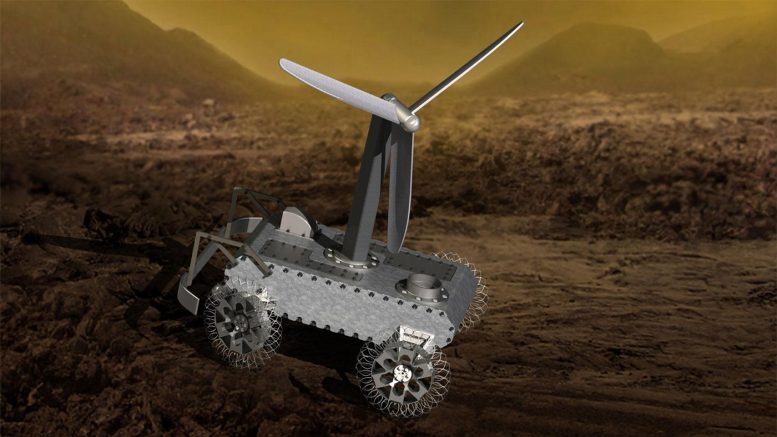


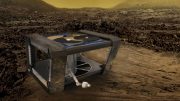
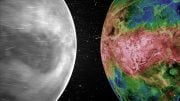
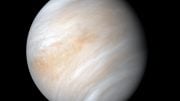
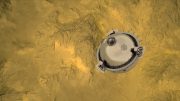
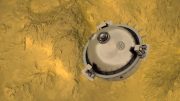
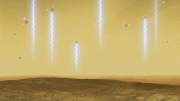
Try working Venus magnetic field and a long storage battery that periodically recharges to power some electronics. It is possible that planets have “magnetic wind” to acquire energy.
Anything exposed like that is asking for failure in my not-so-expert opinion.
I don’t get why you’d need to invent something for power – you’ve already got a heat source as the environment, so just use a steam engine (or possibly a stirling mated to a RTG as backup). Bring enough water! Once your cooling option fails, your device is done.
Its a low-tech idea. Cooling that much is up to NASA. I wonder how deep you could go to find cooler temperatures, if at all.
Scrap this ridiculous plan, and use the $$ to start cleaning up the rocket launch sites, from the decades of pollution that’s been created! https://www.zdnet.com/article/nasa-kennedy-space-center-is-a-toxic-hell/
thanks for the last information